David Sheff first met Yoko Ono in 1980 when Playboy commissioned him, then aged 24, to interview her and John Lennon. She asked him to send her his astrological and numerological charts before summoning him to the Dakota, where she and John occupied six apartments. (Elton John, a friend of theirs, wrote an excellent spoof: “Imagine six apartments/ It isn’t hard to do./ One is full of fur coats/ Another’s full of shoes.”)
Yoko told him that his charts were good – “these are strong numbers” – and that he would get on well with John. So they fixed a time to meet the next day. The interview lasted three weeks, during which Sheff went everywhere with the Lennons and got to know them and baby Sean well. Then he wrote the article for Playboy, and his editor sent it to the Lennons on December 7, 1980. On December 8 John was shot.
Sheff was one of the first people to visit Yoko at the Dakota after the assassination. She was in bed – “I’d never seen grief like that” – but could still hear the “dirge” from all the fans singing “Imagine” day and night in Central Park. The building was crawling with bodyguards – Yoko spent more than $1 million on security that first year – and Sean had to go to school under escort. Once, he remembers, he was carried in a bag.
Sheff endeared himself to Yoko by taking her artistic career seriously, as John did, and devotes many (quite boring) chapters to her work. She was already well known in New York avant-garde circles before she mounted the show at the Indica Gallery in London, where she met John in 1966. The two were soon inseparable, though John was still married to Cynthia. The other Beatles were annoyed when Yoko turned up to their recording sessions – the rule had been no wives or girlfriends – but John wouldn’t go anywhere without her. Thus she became “the woman who broke up the Beatles” and was vilified as such for decades. She was also subject to racist and sexist attacks: Esquire once ran a profile of her with the headline “John Rennon’s Excrusive Gloupie.”
As a child, she was sometimes so lonely she’d ring for a servant to bring tea just so she could see another person
She was with John for 14 years, and most of them have been exhaustively chronicled by other biographers. This book is valuable because it includes much information about Yoko’s early life that is not widely known. She was born in 1933 to a wealthy banking family, the Yasudas, and her mother, Isoko, and father, Eisuki, she says, were “close with each other but not with me.” She was sometimes so lonely she would ring for a servant to bring tea just so she could see another person. When she was 12, Tokyo came under heavy bombardment by the Americans and she, her brother Kei, aged eight, and sister Setsuko, aged three, were sent to a farming village where they would supposedly be safe. But they had no money and Yoko had to scrounge food for them as best she could. She told her siblings to imagine eating ice cream, which was the start of the great imagine theme that runs through her work. When her mother summoned them back to Tokyo, Yoko had to hire a truck and driver to take them.
Life improved when the family moved to New York and Yoko enrolled at Sarah Lawrence College and went to poetry readings and exhibitions in Greenwich Village. She married the pianist Toshi Ichiyanagi and they rented a loft and held exhibitions and gave concerts with their friend John Cage. But she broke with Toshi and fell for the New York painter Tony Cox and married him in June 1963. Their daughter, Kyoko, was born three months later. A friend who shared their property said she drove Tony nuts “She was a prima donna, wanting to be the Elizabeth Taylor of the art world.”
Instead she became Mrs. John Lennon. At first she was just the obedient wife, but their relationship changed after the birth of Sean in 1975. Then John became the house-husband and Yoko the business manager. She proved to be very good at it, not only handling the Apple royalties but also making her own investments in art, Egyptian artefacts, real estate and dairy farms. She is now rumored to be worth $500 million. But she disconcerted the lawyers and bankers she dealt with by often laying out tarot cards during business meetings. She was a firm believer in tarot, as well as astrology, numerology and palmistry. John thought it was all nonsense, but he went along with her decisions.
The Lennons were not reclusive – they were often seen walking with Sean in Central Park – but they rarely socialized. Mick Jagger once put a note through their door saying “I live next door,” but they didn’t respond and when Paul McCartney dropped by, John told him he should have rung first.
John and Yoko were friends with a Hungarian interior decorator and antiques dealer called Sam Havadtoy and he was one of the few people admitted to Yoko’s Dakota bedroom after John’s death. Soon they were lovers and remained so for almost 20 years. But he grew to resent the fact that she never mentioned him in interviews – “I didn’t exist. Only John existed” – and after a row she decided to dump him and had all the Dakota locks changed. He was deeply resentful at first, but says now that it was “the most incredible trip in my life;” and it gave him Sean, “who I will love till the day I die.”
Sean’s life sounds completely weird. John looked after him when he was small – Yoko was never too keen on motherhood – but after John’s death he was mainly brought up by servants and bodyguards. Yoko held big birthday parties for him – Steve Jobs gave him a Macintosh computer for his ninth birthday and taught him how to use it – but otherwise didn’t see much of him. At 15, he asked to go to Le Rosey boarding school in Switzerland so he could live without bodyguards, and Yoko and Sam rented a place in Geneva where he could stay at weekends. Sam said that was the best time: they could be a normal family and he could shop for food and cook.
Yoko was still going strong well into her eighties: she did a European tour and curated the Meltdown festival in London where she danced on stage. But in 2016 she was in hospital with a rumored stroke and was seen in a wheelchair afterwards. In 2020 she announced that Sean was taking over the family’s business interests and she moved to her farm in upstate New York. She has ceased to give interviews and Sheff has not seen her for a long time. In his acknowledgements he thanks Sean for allowing him hours of his time and encouraging others to talk to him. He asks at the beginning: “Can a journalist tell the truth about a friend?” I think he has.



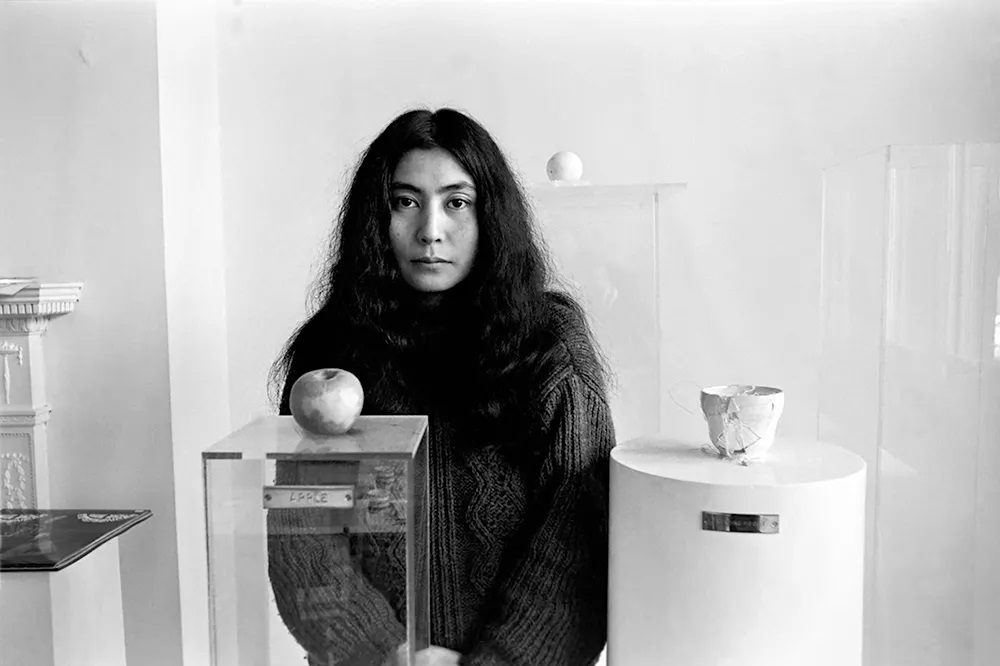






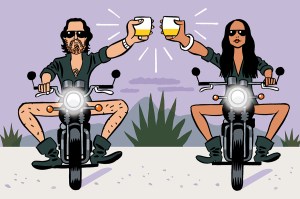
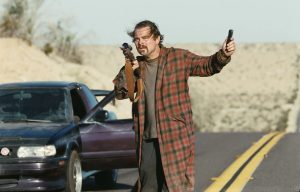
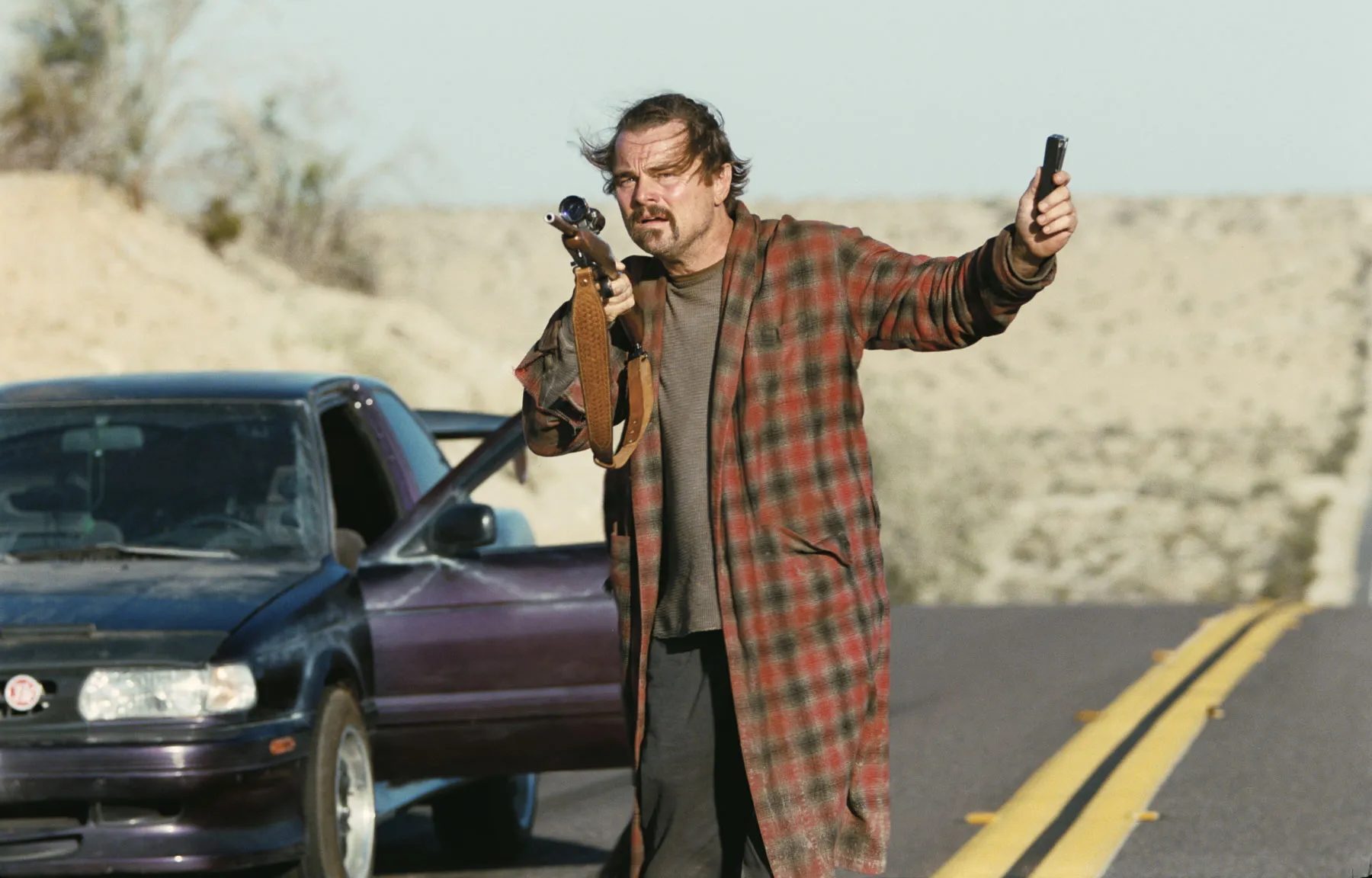
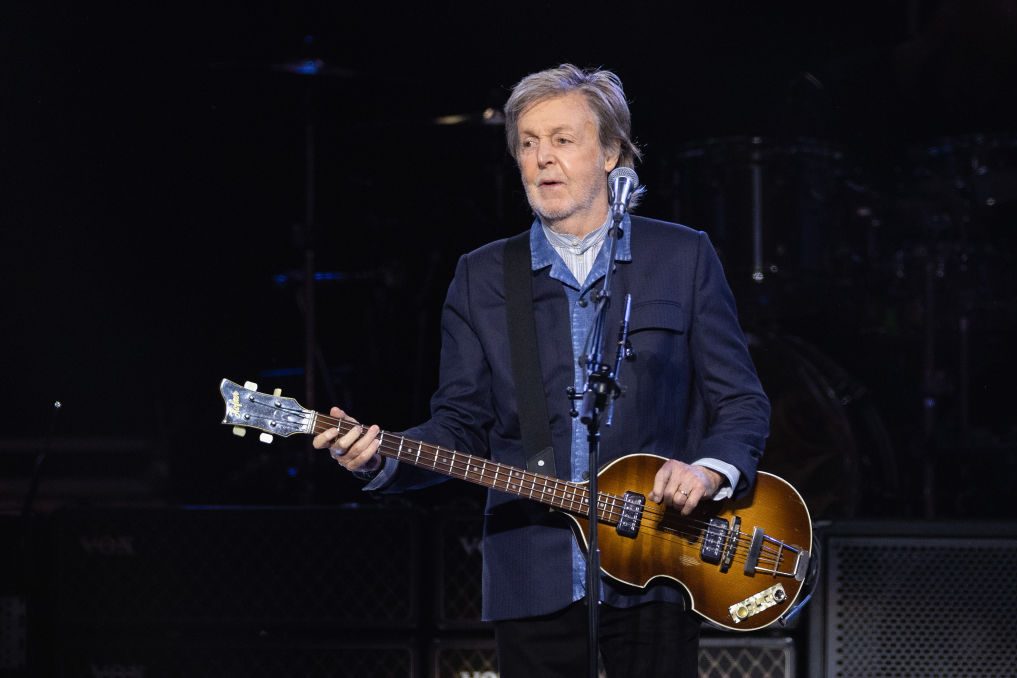
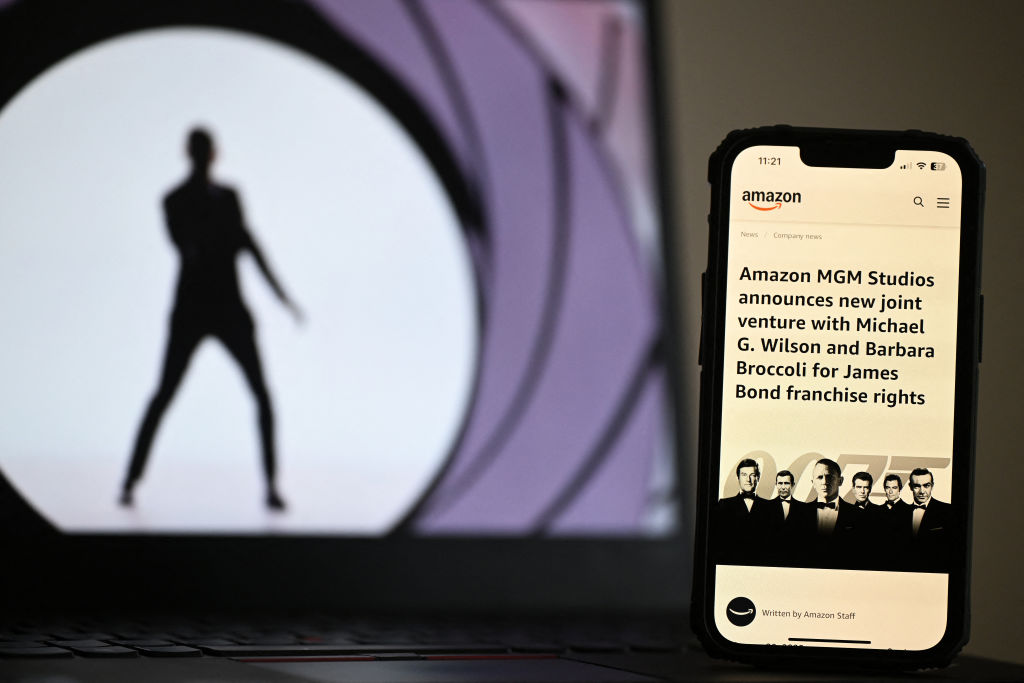
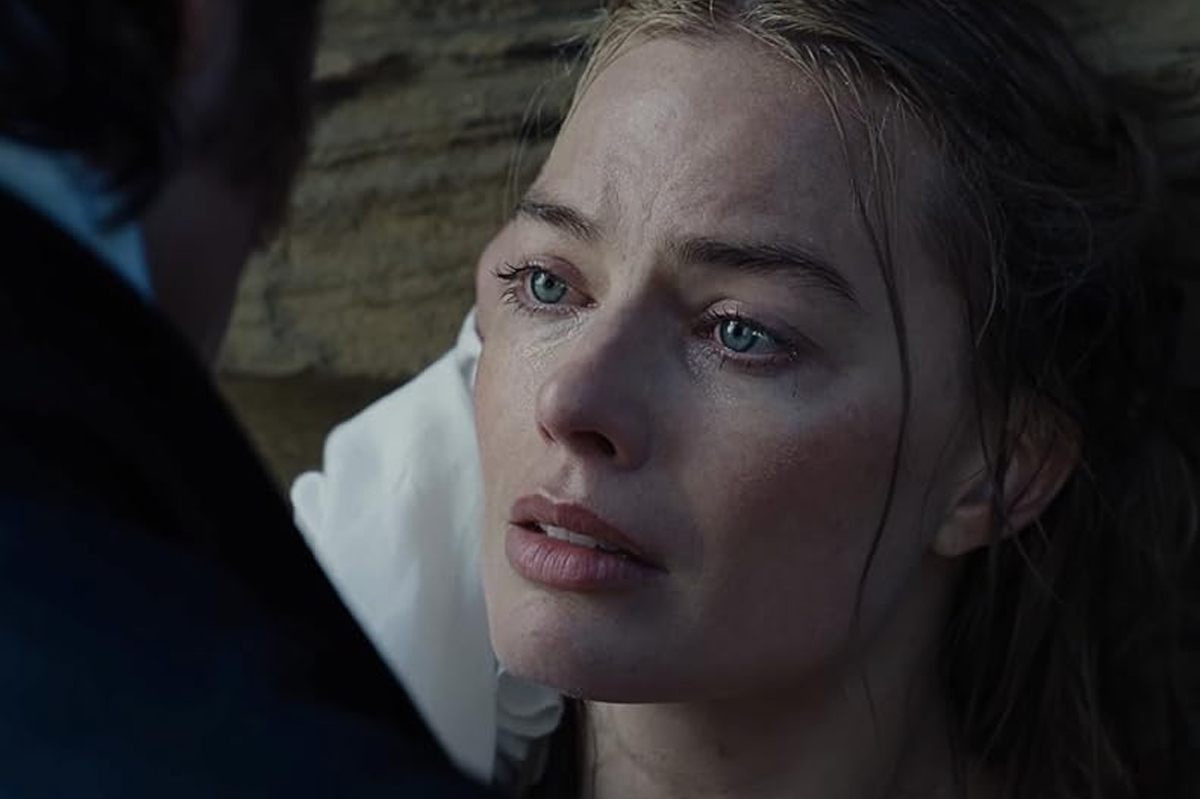
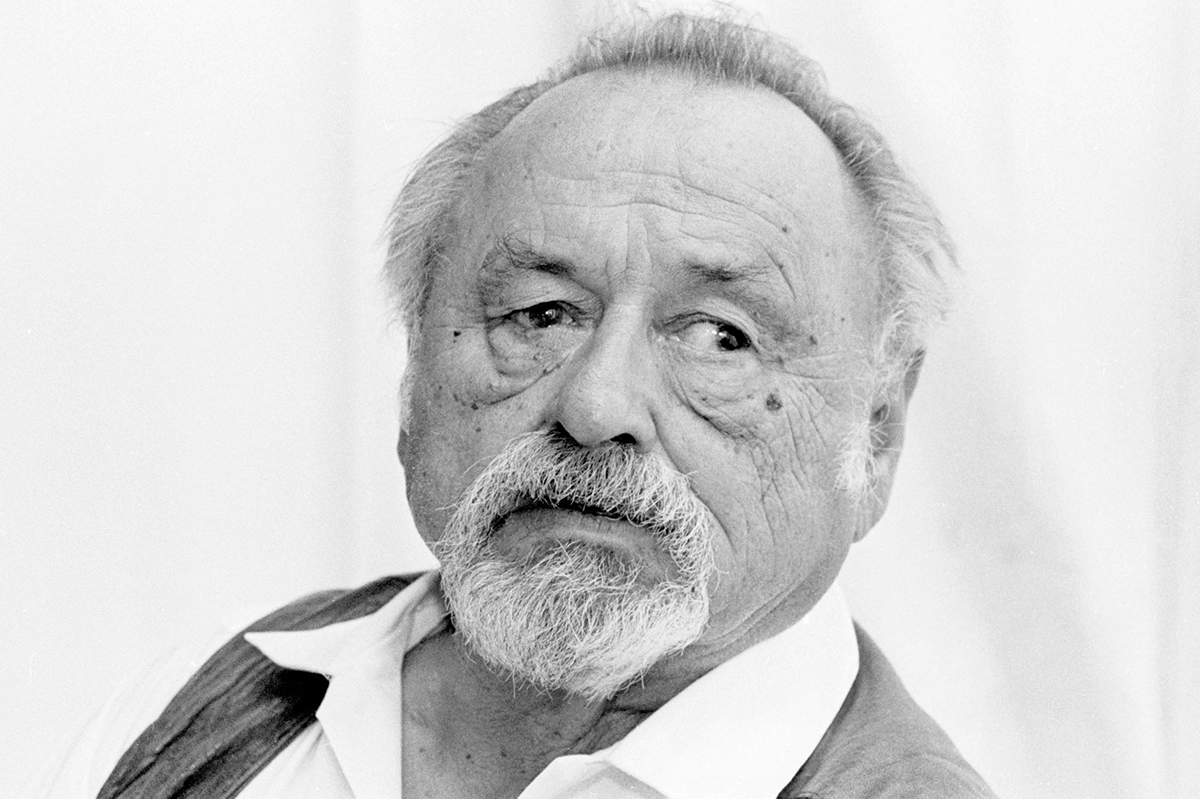

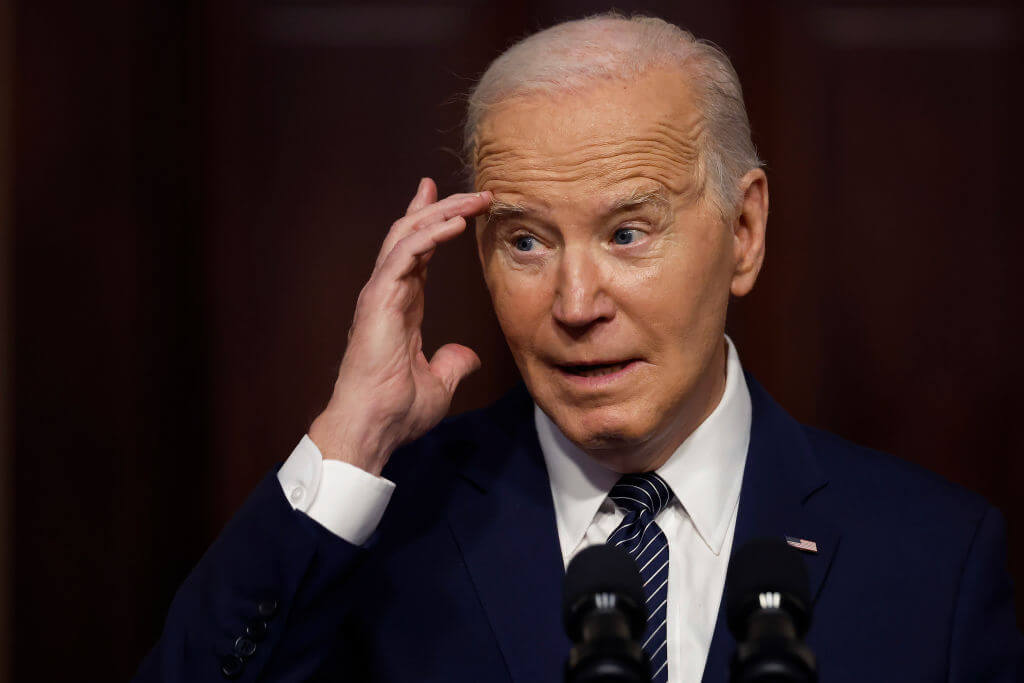


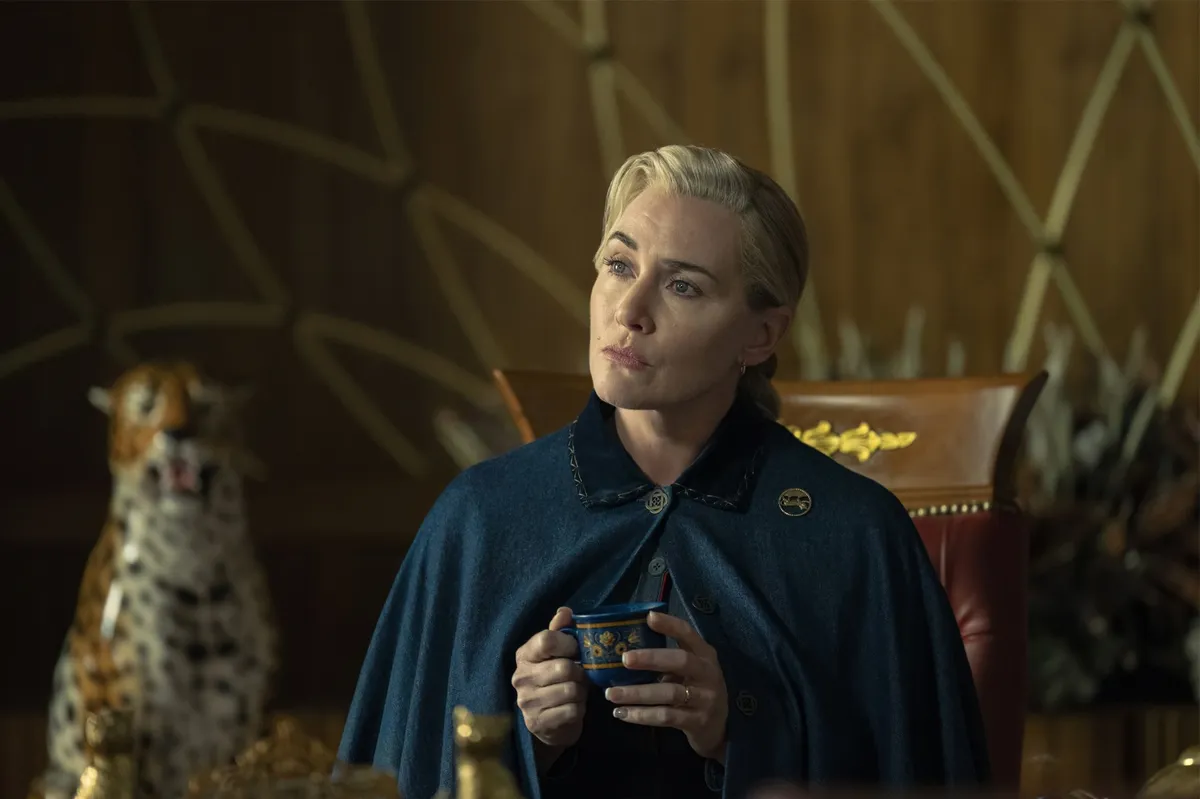
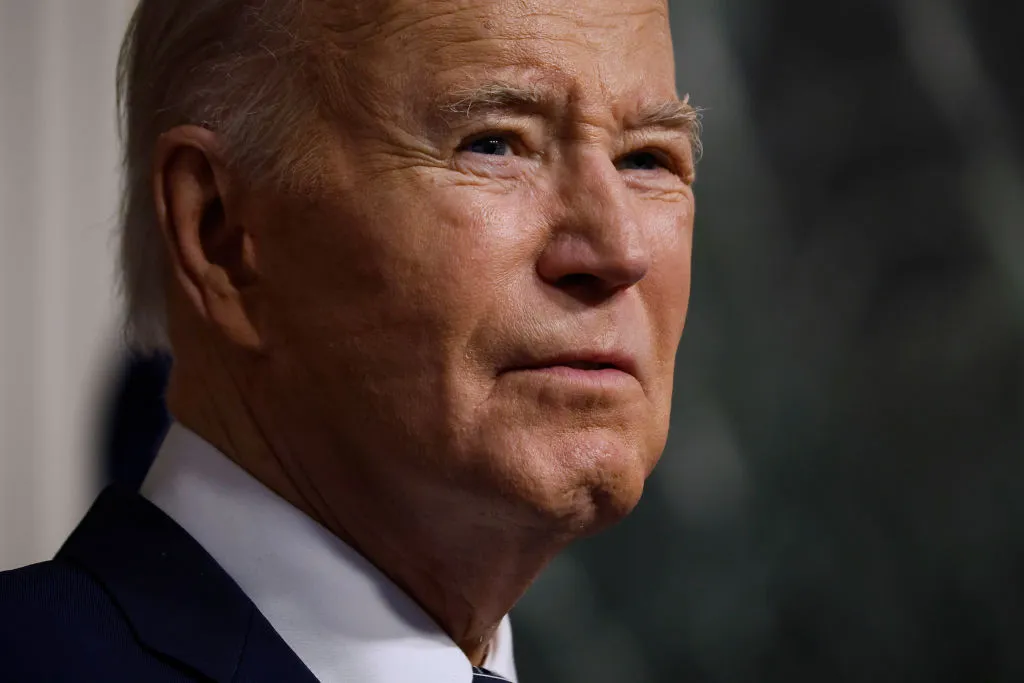

Leave a Reply